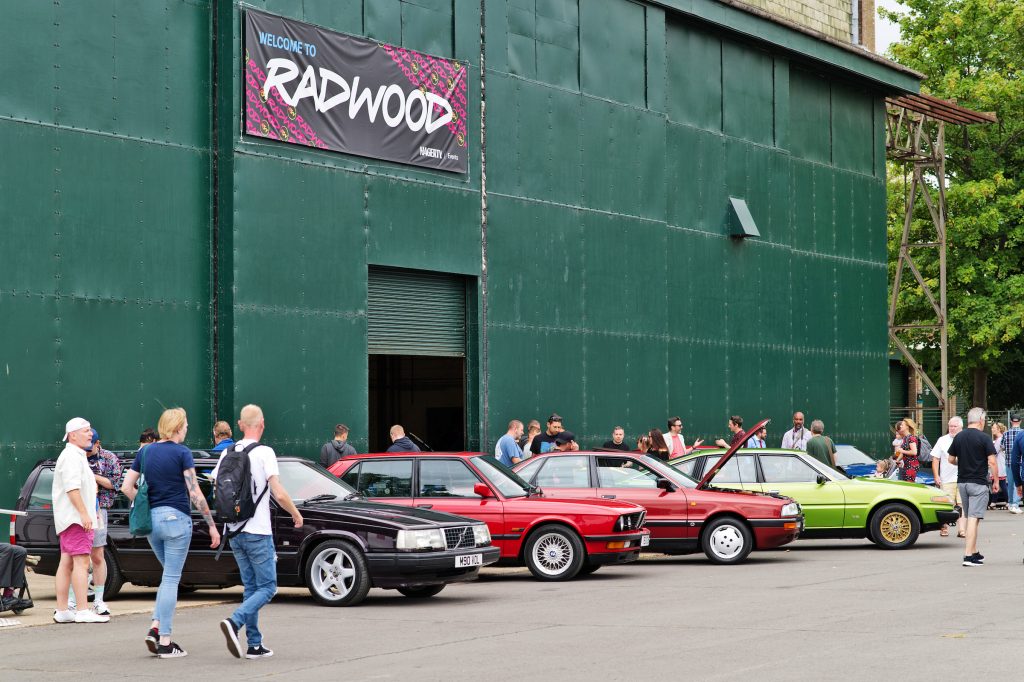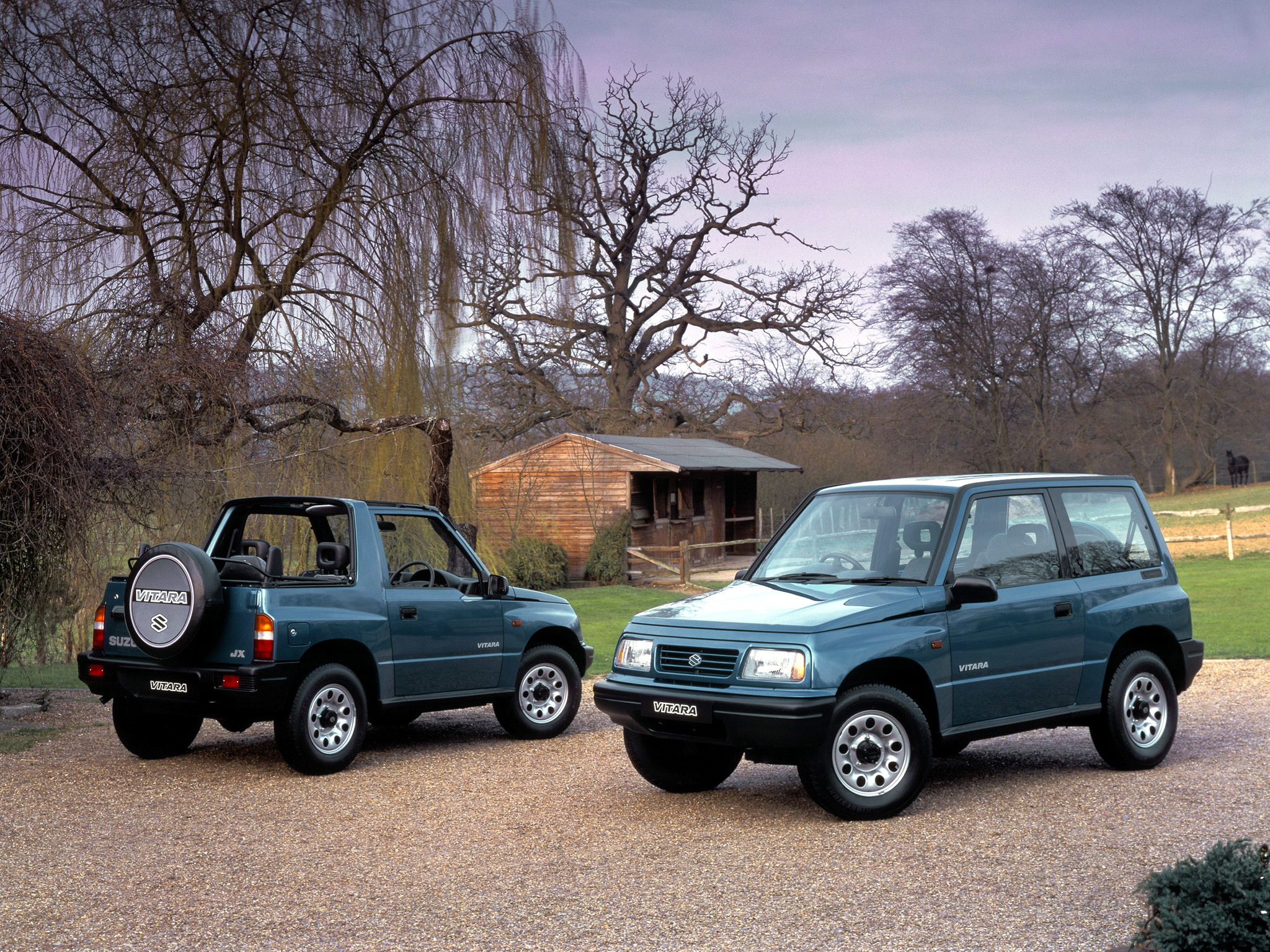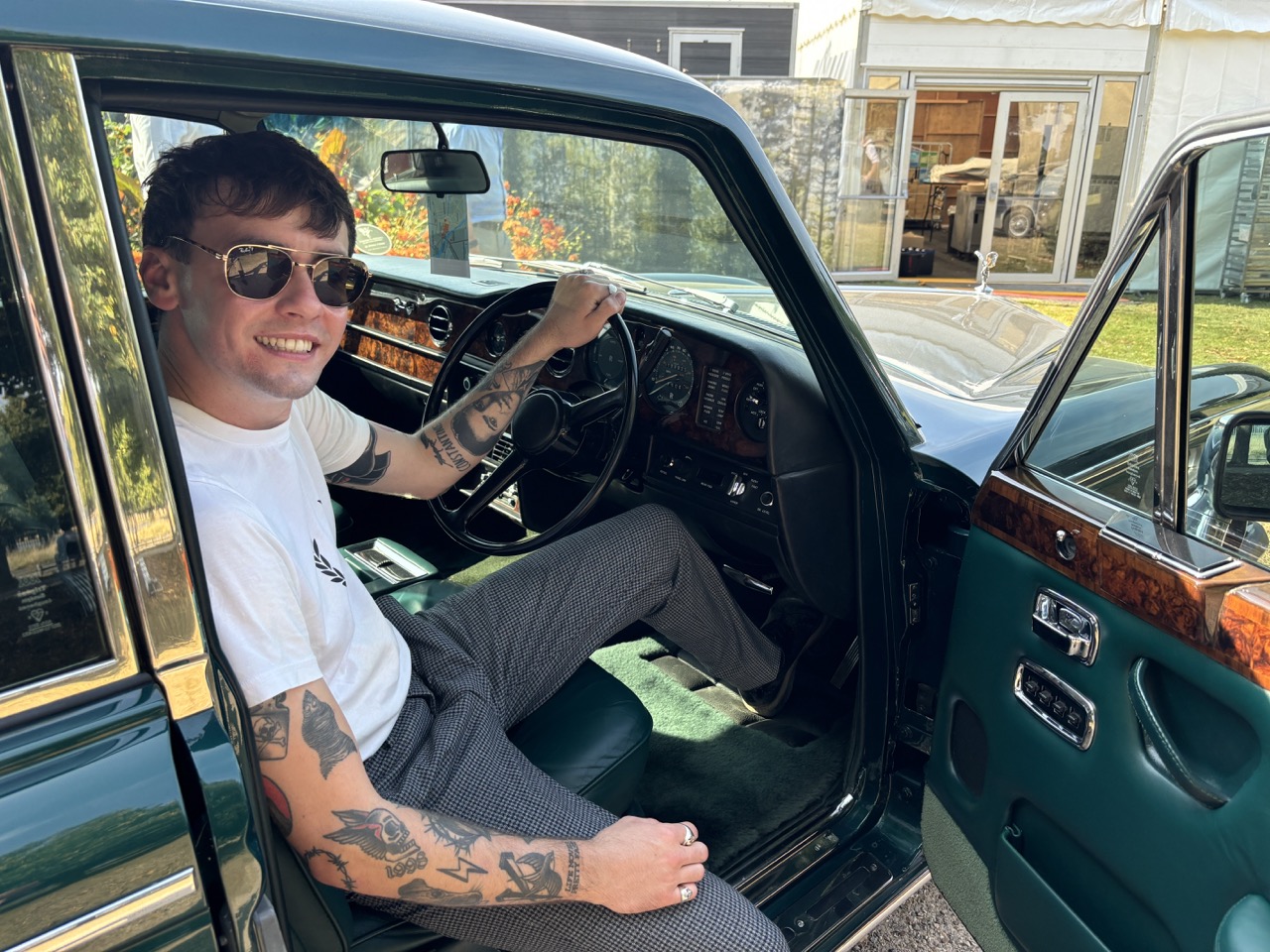Selecting 50 cars that typify the Radwood era wasn’t the most onerous job I’ve had this year. The 1980s and ’90s were the decades when production cars suddenly sprouted the accoutrements that racing cars had worn for decades: turbochargers, fuel injection, fat tyres, and factory body kits. The average punter no longer had to be satisfied with a wheezing 1.6 fed by a sputtering carburettor but could aspire to a road-going homologated version of the rally, BTCC, or DTM cars they were watching on TV every weekend. It’s this neon-socked, red-piped era that Hagerty’s Radwood festival celebrates every year, and oh! what wonderful cars were born then.

The only problem in building a valuation index of such cars was which ones to select. Hagerty’s indices track the value changes for a distinct segment of the market, so they need a fair number of cars to make them reflective of the average. Here we set a limit of 50 different models to make it manageable and tried to show a spread of cars from throughout the period, rather than focusing on one decade, and set a top ‘Excellent’ Hagerty Price Guide value of £100,000 as our ceiling. Any cars that we already track in another index (notably in this case the Hot Hatch Index) tended to be left out to give others a chance of stardom.

Even with these constraints, 50 cars still sounds a lot, until you start to go through the list and realise that some manufacturers have such a catalogue of great cars that it’s a real struggle to decide what to leave out. BMW is represented more than any other maker, with six cars, but although the E34 M5, the E30 and E36 M3, the 850CSi, 635CSi, and E30 325i made the list, there was no room for the E24, E32, E39, the Z1, and Z3. There was a similar problem with Ford, Alfa Romeo and Porsche, and we could have filled at least half of the Index with their models.
But that wouldn’t show the wonderful variety of performance cars that emerged in this era, from the phenomenal styling and power of the Renault 5 GT Turbo (incidentally the most valuable car in the Radwood Index) to the Super Touring–derived Volvo 850 R estate; from the stunning Italian designs of the Lamborghini Jalpa (Bertone), the Fiat Coupe (Pininfarina), and the extraordinary Alfa Romeo SZ (Zagato) to the sheer grunt of the TVR Cerbera Red Rose. This was the period when the icons of Japanese performance – the Impreza, the Lancer Evo, the Supra, and the Skyline – rose to their legendary positions, and when Ford and Vauxhall, the bastions of British suburban driveways, created their own monsters, the Sierra RS Cosworth and the Lotus Carlton. Even Bentley, until then a walnut and deep-pile carpet manufacturer of cars for the landed gentry, joined the gang with the Turbo R, as did Mercedes-Benz, who embraced AMG’s tuning potential to foster a new era of epic saloons.
So, the cars on the list are epic, but why is the Radwood Index being launched now? These cars were for many years called "modern classics," almost as though they weren’t really eligible for true status as collectable cars, but things have changed. Demographics is one reason: Overall, classic drivers are getting younger and today, 27 per cent of classic car buyers are aged under 40, up from 21 per cent four years ago. Many Radwood cars are the aspirational classics for Gen Z and millennials, and they are not scared to pay for the right car: The percentage of Mazda MX-5 NA owners under 40 has risen 22 percentage points over the last four years while the average ‘Excellent’ Hagerty Price Guide value for the model has increased by 30 per cent during the same period. Interestingly, some cars on the list are most attractive to older, or younger, buyers: The Porsche 944 is a hit with those in their 30s, and the XJS is a firm favourite of those over 55.
Value rises are interesting, too. Some cars – notably the Ford Sierra RS Cosworth – have risen by a huge amount over the last few years, but plot the Radwood Index next to Hagerty’s other indices and it shows the second-lowest average growth (14 per cent) since 2018. That’s actually not a bad thing – although the lockdown dip, post-Covid spike, and following correction are still evident (as they are in all our indices) with Radwood they are les pronounced. That shows stability and steady growth, and that’s healthy.
So, where do we expect the Radwood Index to go from here? Hagerty will update the Index every quarter as we review our values in the UK Hagerty Price Guide. The expectation is that this group of cars will continue on a steady upward trajectory, with the very best examples – especially low-mileage, high-spec cars – becoming increasingly collectable. That will encourage investment in restoration, and we could even see more of these models back on the road, hopefully in time for Radwood itself in September.









